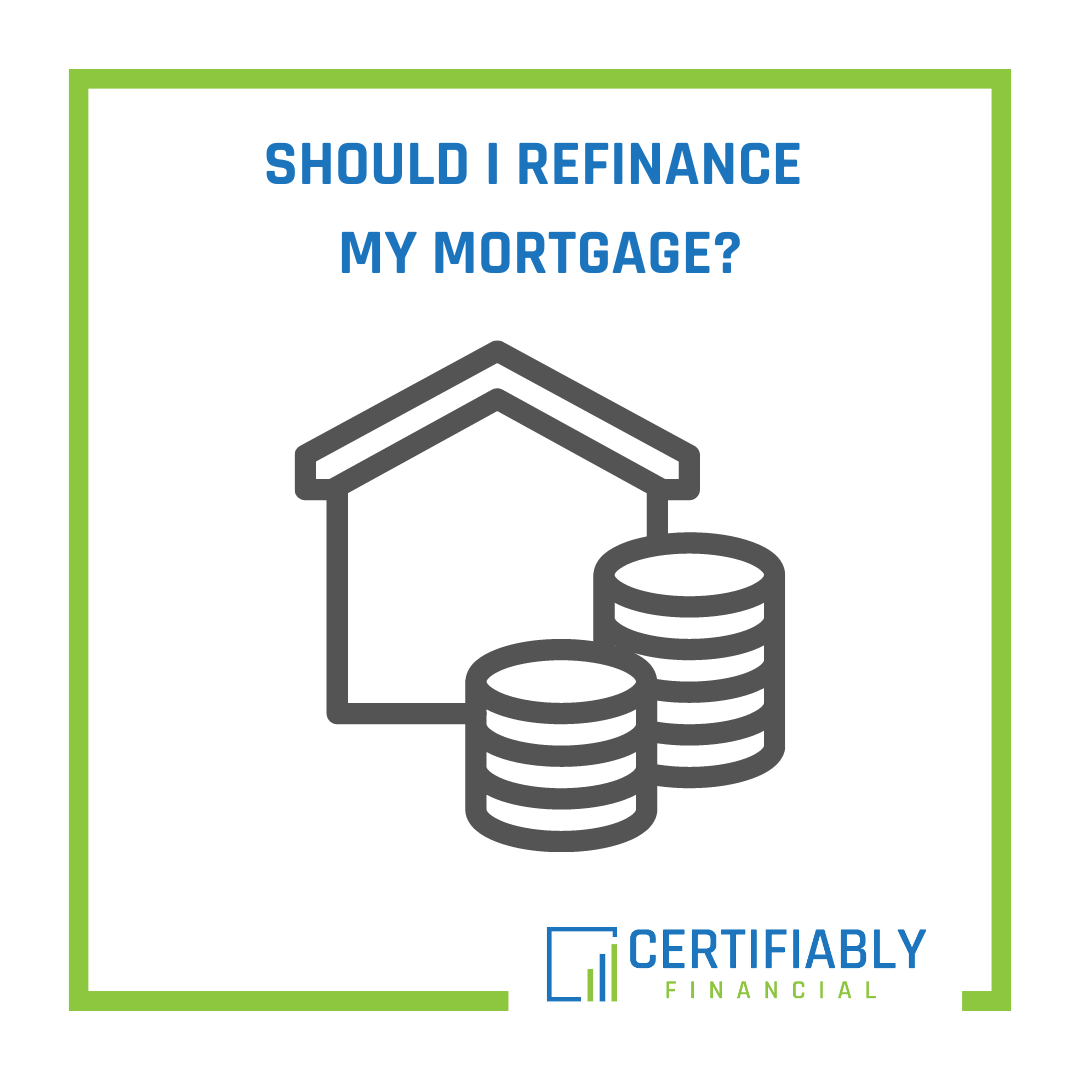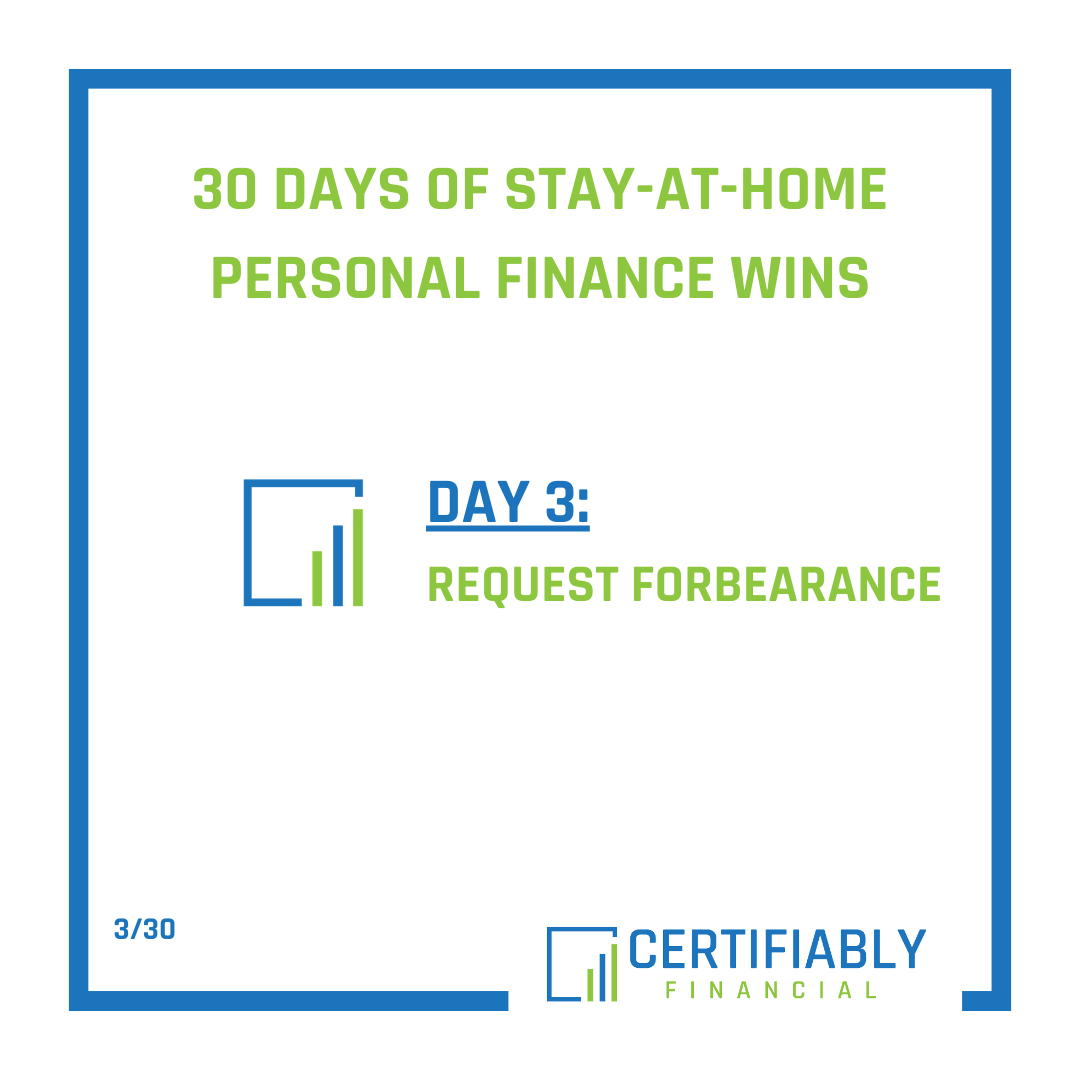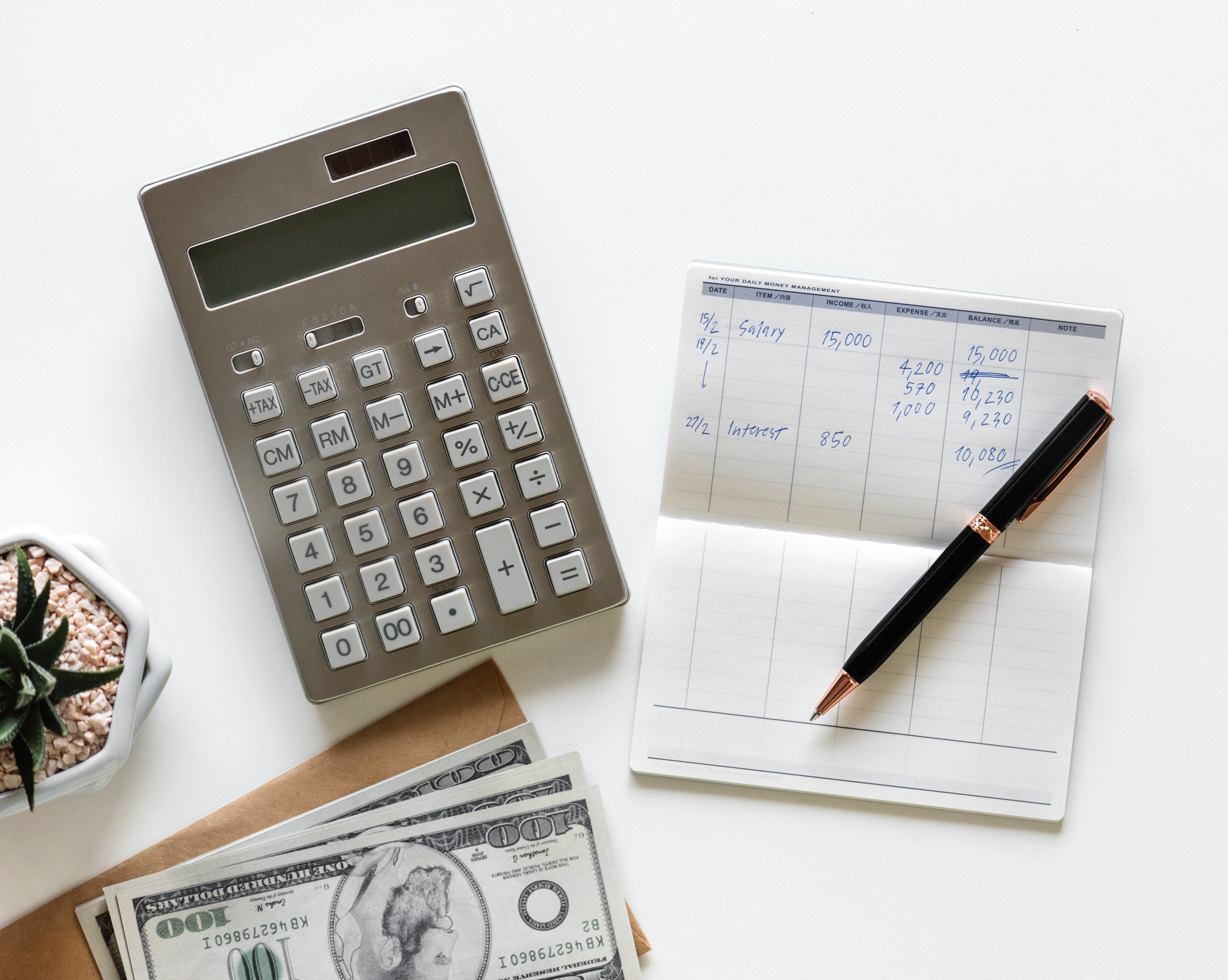“If you haven’t started, then taking action is more important than finding the best strategy. If you’re already taking action, then ensuring you’re working on the right thing is more important than working harder.” – James Clear, Atomic Habits
Mortgage
Should I Refinance My Mortgage?
With record low interest rates many people have been asking themselves lately if it makes sense for them to refinance their home mortgage. A rule of thumb that’s often thrown around is that if you can refinance and lower your mortgage interest rate by 1%, then you should consider doing so. As with many personal finance rules of thumb, this generalization leaves out too many other factors that should be used to guide your decision making. Here are some guidelines to help you figure out if refinancing your mortgage makes sense for your personal situation.
Day 3 Of 30 Days Of Stay-At-Home Personal Finance Wins: Request Forbearance
What if you were able to come out of this time of social distancing and economic crisis with a stronger and healthier financial life? What if you looked at this as an opportunity to take a little bit of your extra time each day to work on your finances?
What’s the Best Way to Pay Off Debt?
3 minute read
The answer is complicated and based on your own personal situation and comprehensive, long-term financial plan.
Mathematically Optimal – Highest Interest Rate
Mathematically, the most optimal option would be to pay down the highest interest rate debt first, which is the option that I opted for. For example, if you have a student loan with a 6% interest rate and you decide to make extra payments towards the principal to pay it down faster you are “guaranteeing” a return of 6%. The reason we can look at it as a “guaranteed” return is that you’re going to have to pay the debt off (unless you declare bankruptcy) no matter what. By paying down the principal balance of the debt more quickly you are ensuring that you won’t have to pay as much of that 6% interest rate over the life of the loan.
However, this wouldn’t be the most mathematically optimal option if you believed that you could take those extra payments that are going towards your debt and invest them in the market at a higher rate of return than the interest rate on your debt. Obviously, you would be trading a sure thing (the interest rate of the debt) for an unsure thing (the return of your money in the market) in this case. Depending on interest rates and expected rates of return, this may be an option for some people who have a higher risk tolerance and are able to take a long-term view of the markets and their financial situation.
Emotionally Optimal – Lowest Balance (Debt Snowball)
Sometimes, the emotionally optimal answer is paying off your lowest debt balances first utilizing a Debt Snowball approach, a term made famous by Dave Ramsey. Remember that under both the mathematically optimal and the emotionally optimal approach you are continuing to make minimum payments on all of your obligations.
Utilizing a Debt Snowball method may be better for some people because it allows them to recognize small wins along the way and continue to build motivation to better their situation. While continuing to make minimum payments on all of your debts, you would apply any extra money to the smallest balance loan until it’s paid off. Once the smallest loan is paid off, you would then apply the payment that you were making towards that loan to your next smallest loan balance.
As you continue to pay off debts, you continue to “snowball” your payments into the next largest debt. You may have only been able to pay $50 per month towards the first loan that you were paying off, but by the time you have paid off loans 1 and 2 and are focusing on paying off loan number 3 you may now have $150 extra per month to apply towards it.
The way that you tackle your debt is a largely personal decision. The best option is the one that will be sustainable for you in the long run and which provides you with the greatest peace of mind.




